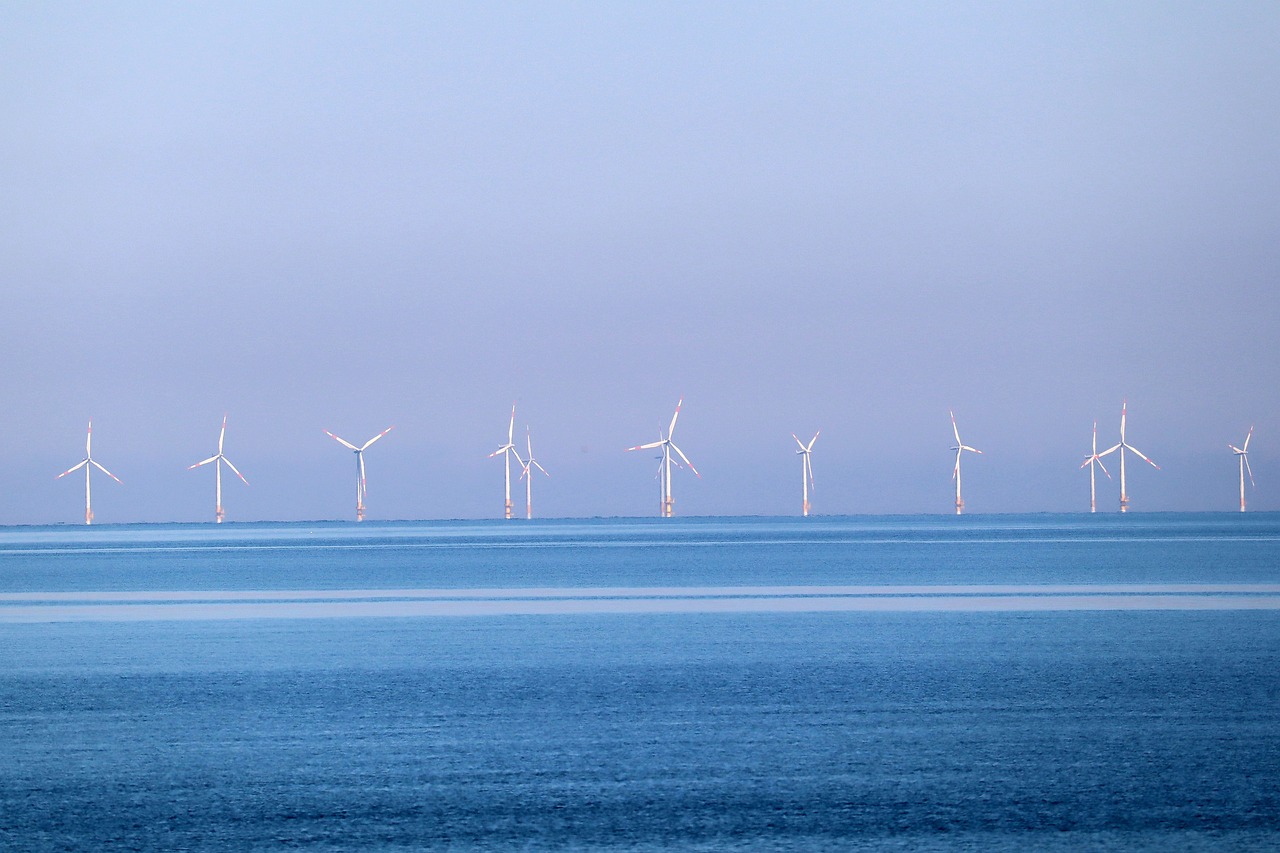Scotland and the North of England are the focus of plans to upgrade Britain’s electricity grid network aimed at ensuring adequate energy supply and decarbonising power.
The £58 billion project – 7.4% higher than £54 billion estimate we reported in November – is part of a major redesign proposed by ESO, the Electricity System Operator run by National Grid.
Energy will be transported from wind farms being developed off the coast of Scotland via a new electrical ‘spine’ from Peterhead to Merseyside, supplying homes and businesses across Scotland and the North of England.
The route is an early-stage option that will require further consultation, said ESO, unveiling its ‘Beyond 2030’ report on how to meet growing energy demand by 2035.
Supply would be assured by upgrading existing assets and establishing new power lines both onand offshore, complementing six previously recommended offshore high voltage direct current (HVDC) links from Scotland to England.
In related grid developments…
- The energy regulator Ofgem unveiled a £2 billion subsea ‘electricity superhighway’ to take 2GW from East Lothian to County Durham, connecting up to 2 million homes to clean energy. The Eastern Green Link 1 (EGL1) highvoltage subsea cable is the first of 26 energy projects, worth £20billion, under the energy regulator’s Accelerated Strategic Transmission Investment (ASTI) framework, targeting 50GW of offshore wind capacity by 2030.
- Ofgem also unveiled the £3.4 billion Eastern Green Link 2 (EGL2), a 500km electricity superhighway between Scotland and Yorkshire, with most of the 2GW high-voltage cable from Peterhead to Drax under the North Sea and the remaining 70km underground onshore.
- SP Energy Networks announced a £3million upgrade of Dunfermline’s electricity network to host EV chargers and heat pumps. The ScottishPower subsidiary will replace 4.7km of underground cables dating from 1957 by September, supporting the ancient capital’s 2045 net-zero target.
- ScottishPower, part of Iberdrola, launched its biggest UK recruitment drive – 1,000 ‘green jobs’ over the next decade, from accountants and project managers to ecologists and engineers to help deliver a low-carbon future.
Commenting on ESO’s £58 billion Beyond 2030 plan, Fintan Slye, Executive Director, said: “Great Britain’s electricity system is the backbone of our economy and must be fit for our future. To deliver the clean, secure, decarbonised system set out by Government and Devolved Governments we must take swift, coordinated and lasting action working, collaboratively across all parts of the energy sector, government, the regulator and within our communities.”
The plan connects a further 21GW of offshore wind in development off the Scottish coast to the grid, producing a total 86GW of offshore wind, ‘making Britain a global leader in offshore wind and floating offshore wind farms’.
The report was silent on finance sources – energy networks are currently funded by consumer utility bills. The plan would have to be approved by Government and the energy regulator Ofgem.
The plan would bring a fully decarbonised electricity system by 2035, in line with the UK’s Sixth Carbon Budget, recommended by the Climate Change Committee, said ESO, and create and sustain more than 20,000 jobs annually, with 90% of the benefits occurring outside London and the Southeast.
The company also recommended further offshore ‘bootstraps’ along the East coast of Britain – cables linking offshore generation to onshore transmission systems, to bring about a worldleading offshore network with three times more undersea cabling than onshore.
ESO said further design and community engagement would be undertaken to balance community and wider economic and system security needs.
Much of the new network will use overhead cabling. The report says: “Pylons are typically used for the transmission network because they are around a fifth of the cost and more flexible (i.e. they can be rerouted, offer more operational choice and can be more easily upgraded) than the underground equivalent.”
Concern over 70-mile pylon route
SSEN Transmission plans to put up 70 miles of overhead lines from Kintore to Tealing in the east of Scotland as part of an ongoing grid modernisation programme.
There was much concern about this among more than 200 people I addressed at a meeting of the Angus Pylon Action Group in Forfar in March.
While reparation is sometimes paid for pylon installation, I believe many affected house owners will lose out as this is limited to instances where property rights are 'taken' by the infrastructure itself or by associated facilities.
SSEN do not appear to have considered this fully in deciding on pylons as, by March 20, they had not consulted with homeowners along the line, nor sought data on the extent of the effects on residential properties.
Those affected can submit planning objections, though even this democratic right could be threatened, as Alan Brown, the Scottish National Party energy spokesman at Westminster, sought last July to add a clause to the UK Government’s Energy Bill that would prevent councils launching a public inquiry into infrastructure works.
Government proposals to give those affected property owners up to £1,000 a year off electricity bills over 10 years will do little to address this issue.
Read the latest news and views from our experts in Energy Matters Summer edition 2024

